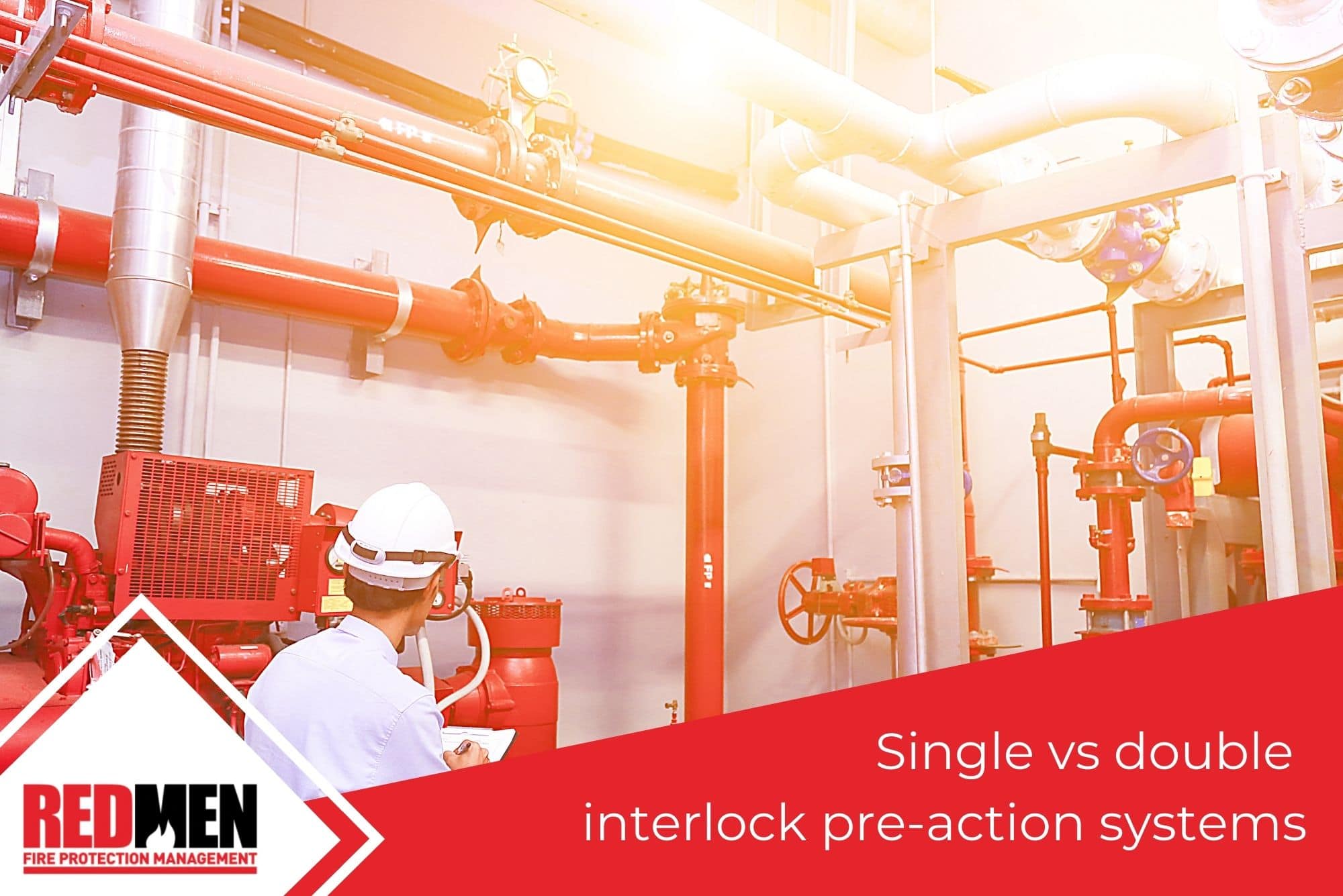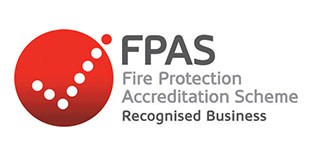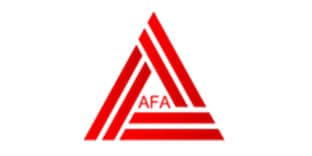Pros and cons of a pre-action fire protection system
Pre-action fire protection systems are different from the standard suppressions systems commonly seen everywhere. Pre-action systems have become more common due to their many advantages.
This article will discuss how pre-action fire protection systems work and provide insights on some of the best fire safety applications they have.

What is a pre-action fire protection system?
A pre-action fire suppression system has several components. It’s important to know what these are to understand the mechanism behind how this type works. Some of these parts are below:
- Automatic sprinkler heads serve as an exit point for water, a standard in most fire suppression systems.
- Smoke and heat detectors that set the fire suppression mechanism in motion.
- Sprinkler pipes serve as a runway for water before exiting the sprinkler heads.
- The water source stores water as it awaits use.
- The pre-action valve separates the sprinkler pipes from the water source. This is the most distinct component of a pre-action suppression system.
Pre-action fire protection systems are different from traditional systems in that they don’t store water directly in the sprinkler pipes. Instead of directly storing water, the dry sprinkler pipes connect to the water source.
This has many applications and can give more benefits and safeguards compared to traditional automatic sprinkler systems.

Single vs double interlock pre-action systems
There are two major types of pre-action fire protection systems. These include single and double interlock types.
- Single interlock: The single interlock type relies completely on the pre-action valve to release water into the sprinkler pipes.
- Double interlock: The double interlock type has both the pre-action valve and a fail-safe. This fail-safe can prevent water from accidentally going through the valve.
Double interlock systems, though more expensive, are generally safer when it comes to preventing water from accidentally leaking out of the source. Regardless, both types are equally efficient in dousing fires.

How does a pre-action fire protection system work?
The mechanisms behind pre-action fire suppression systems are quite different from those seen in other types. The steps for activating a pre-action system are as follows:
- Detection
The suppressors feature detection systems similar to traditional types. The presence of a flame, smoke, or heated air trips the detector and starts the cascade of events that lead to suppression.
- Valve release
As was mentioned earlier, pre-action systems keep the sprinkler pipes dry by default. Instead, all water is stored from a source that is separated from the sprinkler pipes by a valve.
When the detector trips, the valve between the source and the sprinkler pipe opens, allowing water to rush in. In a single interlock, this action then converts the sprinkler pipe into a wet system.
- Fail-safe release
Double interlocks have further fail-safes to prevent water from rushing into the sprinkler pipes by accident. Examples include pressurised air or nitrogen, and the presence of these can help keep water in the source until needed.
For double interlock systems, the next step involves the release of these fail-safes. This leads to water rushing in to convert the pipes into a wet system.
- Fire suppression
With the valve and fail-safes out of the way, water then flows from the automatic sprinkler heads and onto the flame.
Due to the collective mechanisms of how pre-action systems work, they fall into the three major categories of fire suppressors: dry pipe, wet pipe, and deluge systems.

What are the advantages of a pre-action fire protection system?
Pre-action systems have several advantages over other suppression systems, including the following:
- Minimise accidental leaks
Deluge systems risk leaks because of the presence of water in the pipes. The pre-action valve and fail-safes prevent this from happening.
- Protect water-sensitive items
Since this system minimises the chance of accidental water leaks, the chance of incurring water damage also goes down. This is particularly important in places with water-sensitive items. Libraries, data storage rooms, computer rooms, and server storages are among the places that can significantly benefit from this.
- Excellent for cold areas
Traditional fire suppression systems are prone to freezing in cold places. However, since pre-action systems do not store water within the sprinkler pipes, freezing will not be a problem. This helps keep the suppression system in good working order at all temperatures. This is particularly useful in cold plants, freezers, and other cold storage.
- Save up on potential costs due to damage
Many water-sensitive items cost a lot. Even a small amount of water can be damaging to expensive items like computers, servers, antiques, or old books. As such, having a pre-action protection system can greatly help reduce expenses from damage.

Are there any disadvantages of a pre-action fire protection system??
There are a few disadvantages to these systems, of course, and include the following:
- More expensive to install
Pre-action fire suppression systems are more complicated than traditional ones. Thus, the components tend to cost more, and installation is usually more expensive. Installation is also a bit more challenging so only go for someone with certification for installing the system.
- Maintenance is a bit challenging
Not all fire inspection organisations can perform maintenance on this type of system. Since the mechanism is more complicated than usual, it takes experienced personnel to perform maintenance. So again, make sure only to hire someone with proper certification to do maintenance.
- Short lag time compared to other systems
Due to the presence of the pre-action valve and fail-safes, this system has a bit of a lag time before activation. However, note that this does not speak about the inefficiency of this type’s deluge system. This just means that activation is slightly slower, but it’s as effective as the other types once activated.
Enjoy the benefits of a pre-action fire protection system today
We have extensively explained the mechanisms and benefits of pre-action systems above. If you think that the place you aim to protect can benefit, consider having this system installed.
Once you decide to go ahead, make sure to only go for companies with certification for installing this system. If you are in Sydney, or anywhere in New South Wales, we at Redmen Fire Protection Management can help.
Learn more about us here or call us on 1300 733 636 for enquiries. You may also send an email to and we’ll get right back to you as soon as we can.




